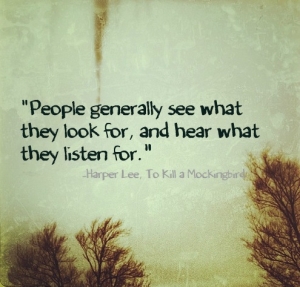Art as Therapy at ENSO Recovery
Our newest addition to the clinical and marketing team at ENSO Recovery, Lindsey Graham, will direct the creative therapeutic curriculum and manage the marketing department. She will succeed Glenn Simpson who originally brought creativity to our clinical practice which has enabled our patients (students) to communicate repressed feelings in a non verbal, symbolic medium. Lindsey holds a Master of Arts in Counseling: Art Therapy and a Bachelor of Fine Art. Lindsey is the recipient of numerous awards including The Audience Choice Award, Cravings & Triggers, music video, American Film Institute of Los Angeles, 2008 and the Audience Choice Award, The Beauty of Her, music video, American Film Institute of Los Angeles, 2007
It is the supreme art of the teacher to awaken joy in creative expression and knowledge. ~ Albert Einstein
.
Art Therapy
The use of art therapy in the treatment of SUDs dates back to the 1950s (Moore, 1983).The American Art Therapy Association (AATA) specifically acknowledges the role that art therapy can play in managing addictions (American Art Therapy Association, 2014).Main assumptions underlying art therapy are that the patient will be able to express him/herself through a non-verbal, imaginative, and creative exercise. Art therapy includes an array of activities, including incident drawings (i.e., a drawing of an incident that occurred while using substances), drawing/painting emotions, stress painting (i.e., painting during times of anxiety and/or stress in order to relieve feelings of stress), creating an art journal, and creating sculptures. The majority of art therapy techniques for patients with SUDs employ a creative process, whereby the patient is creating art, but some select applications include interpretation and contemplation of established works of art (Feen-Calligan et al., 2008).
Extant research on the benefits of art therapy is widely documented, although the research designs limit conclusive generalization. These findings suggest several benefits for SUD patients, such as decreasing denial (Cox & Price, 1990), reducing opposition to alcoholism treatment (Allen, 1985), providing an outlet for communication (Harms, 1973; Moore, 1983), and lessening shame (Johnson, 1990). Viewing, discussing, and interpreting existing art can help in group discussions (Dewdney & Dewdney, 1970), and can motivate patients to change (Holt & Kaiser, 2009) by moving them away from reflection and into a state of action (Matto, Corcoran, & Fassler, 2003).









